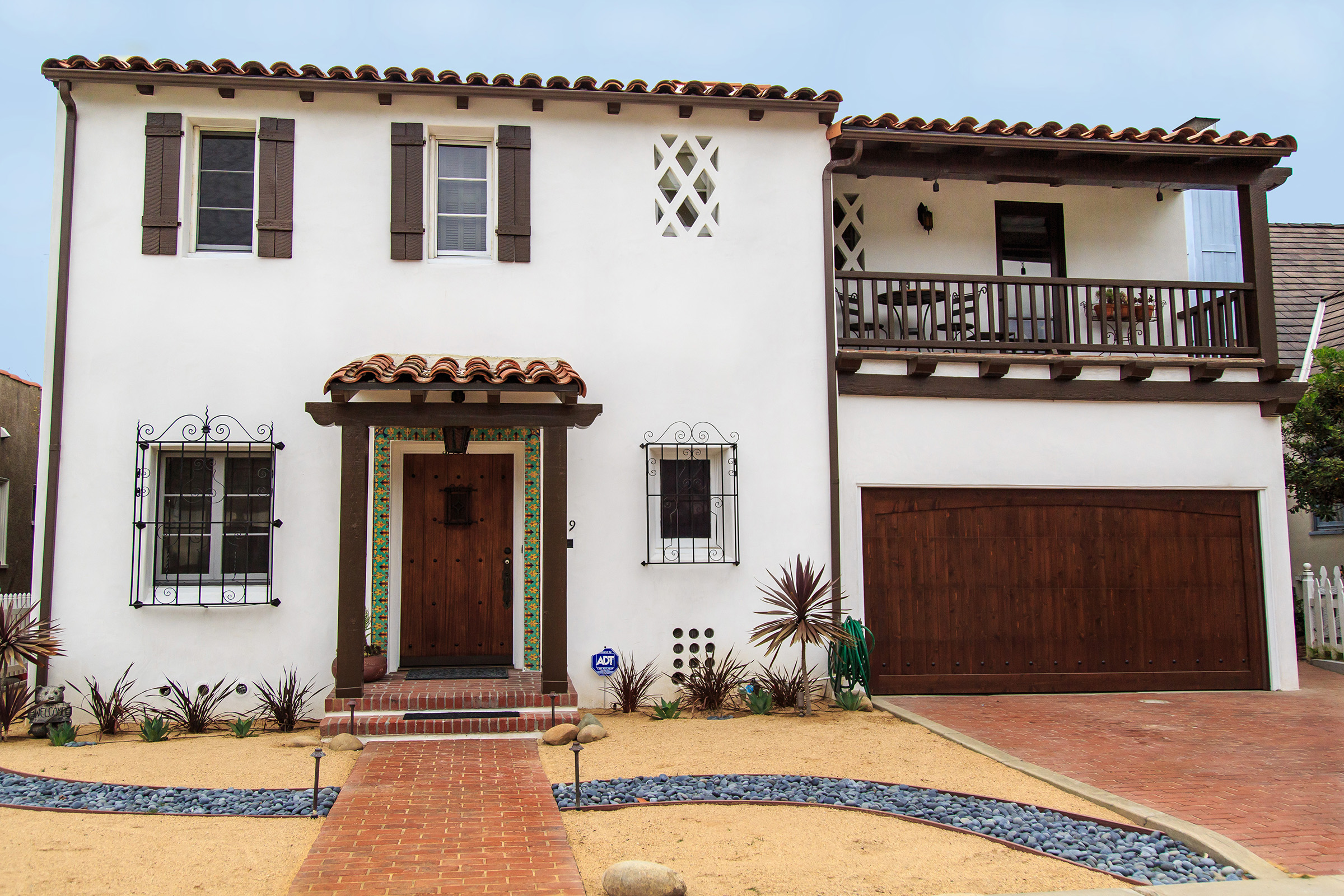Corsica Hardscape
The project of Corsica Hardscape was a collaboration with Satin and Slate Interiors to deliver this magnificent backyard complete with a BBQ area, a seating area and a pool design. The design and the result of the renovation is a space that is open, peaceful and welcoming to any guest.
Stone Masonry
Stone masonry is a type of building masonry construction that uses stones and mortar. This construction technique is used for building foundations, floors, retaining walls, arches, walls and columns. The stones used for masonry construction are natural rocks. These natural rocks are cut and dressed into proper shape in order to use it in masonry construction. Stones are one of the most durable and strong building materials.
The stones used for masonry construction must be hard, tough and free from cracks, sand holes, and cavities. The selection of stone for particular work is dependent on the availability of the stone and the importance of the structure. The common stones used for masonry construction are limestone, sandstone, granite, marble, laterite, etc.
The stone used in Corsica Hardscape was stone veneer. But what is stone veneer? Also known as faux stone, manufactured stone veneer is a manmade material designed to replicate the look of natural stone in a variety of architectural applications ranging from exterior façades to unique statement walls.
Stone
In this project, Corsica Hardscape, the stone throughout the house helped bring the design into a reality. By having stone throughout the different spaces the design is complete while also giving each space its own individuality.
Stacked stone is an age-old design used for centuries for fences, columns and simply as decoration. Adding stacked stone around the base of porch columns is a straightforward matter with only two variants: with or without concrete to bind the stones together.
In this case grout was used to seal the crevices the stones left. But what is grout? Grout is a composite material used in construction to fill voids and seal openings in surfaces. It has similar properties to mortar, but the basic elements of grout are cement, water and sand. Mortar is different because it can be made with various other binding agents besides cement.
 Builder Boy, LLC
Builder Boy, LLC